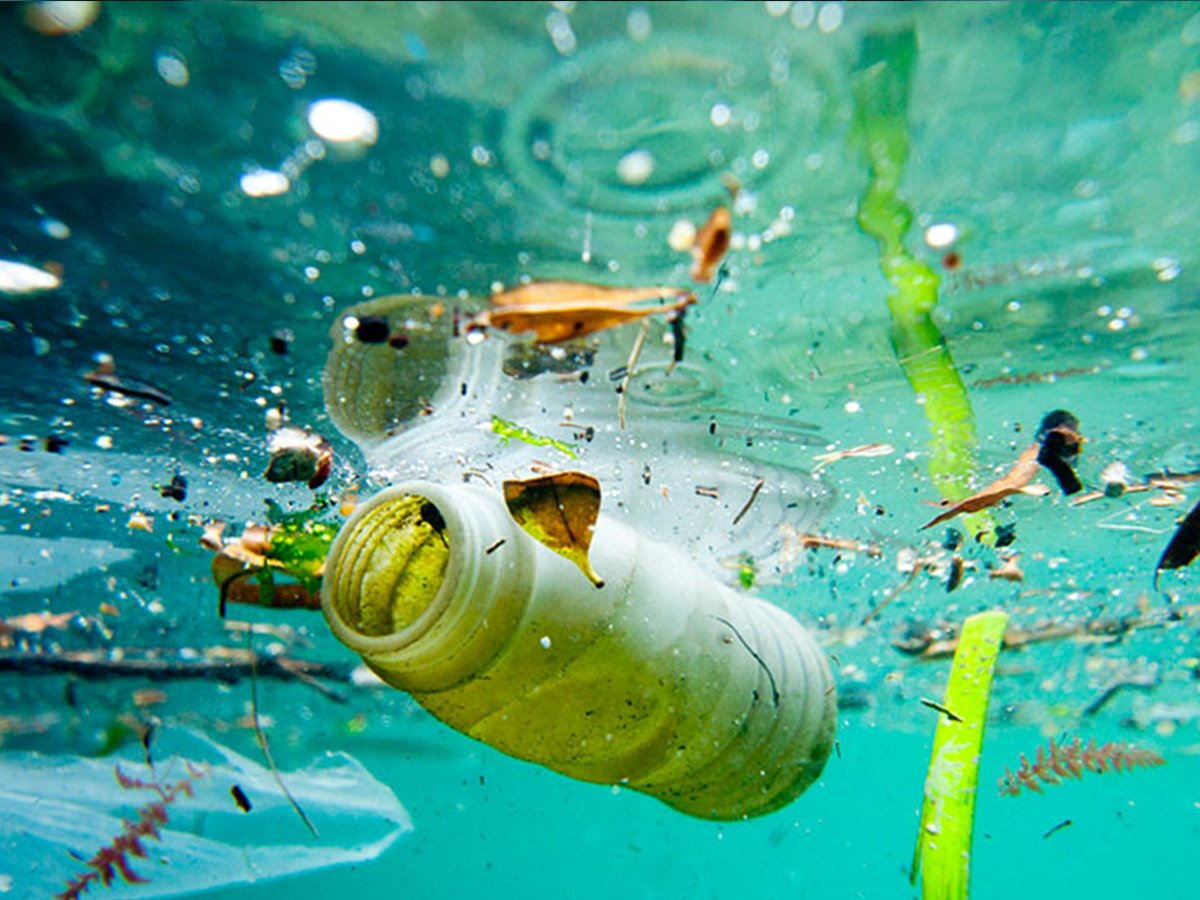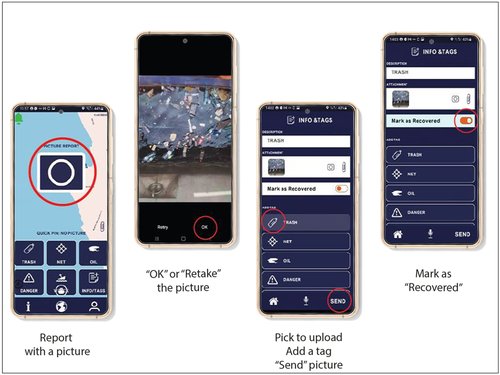
Bernhard Schulte Shipmanagement (BSM) champions Eyesea marine pollution mapping initiative.
A new app developed to help map marine pollution across the globe has been trialled on BSM ships and advocated by Schulte Group as an innovative way to actively engage in environmental protection. Developed by Eyesea, the free-to-download app uses geotagged photos to chart maritime pollution.
BSM is a member of the non-profit organisation and it’s a relationship driven by Chairman, David Furnival, who in December 2020 became an Eyesea ambassador and an officer in January 2021 to promote the app and further the New Zealand-registered company’s aims. He is supported by Nick Topham, Managing Director of BSM Germany, who is also an Eyesea ambassador.
BSM’s commitment to the project is in line with its sustainability strategy founded on the United Nation’s Sustainable Development Goals. Furnival says: “BSM joined because the concept is very much aligned to our core value of environmental protection and we have a very large number of seafarers and shore staff who can contribute to its success”.
Ship’s Crews are Best Positioned to log any Oceans Pollution
Together, Furnival and Topham arranged for five vessels under BSM full management to take part in a trial in November 2021. Seafarers are central to the success of the Eyesea initiative as they are best-positioned to log any pollution they find across the world’s oceans whilst onboard ship. The BSM seafarers who voluntarily took part in the beta app trial were amongst the first to use the software and log photographic evidence of pollution at sea.
The Eyesea app enables individuals that spot marine pollution – such as plastic waste, abandoned fishing nets, and other types of environmental contamination – to anonymously log what they observe whilst at sea or at a coastal vantage point. Eventually, when enough images are logged and a comprehensive picture of the global scale and location of marine pollution is obtained, Eyesea will use chart overlays to determine the effects of current, wind and tide on the pollution.
Importantly, this information can then be used to put pressure on regional administrators and regulators to facilitate more effective clean-up operations and ultimately prevent pollution from occurring in the first place.
Seafarers Care About the Impact of Pollution on Marine Wildlife

Noting that there is also at least one Eyesea ambassador sailing on a BSM-managed vessel, Topham believes that the app empowers seafarers to be part of the solution. “Seafarers are unique insofar as they regularly travel in areas where most people will never go. They experience the beauty of the sea and also bear witness to the toll that pollution is taking on our oceans. Most seafarers care about the impact of pollution on marine wildlife and the environment and want to do something about it. The Eyesea app is a perfect opportunity for them to actively bring about change”.
Furnival agrees: “If the maritime community is able to act in a coordinated way we will be able to drive the narrative towards the true causes of marine pollution Whilst shipping is not typically the cause of garbage pollution at sea, we are in a unique position to be part of the solution and help enhance the reputation of the shipping industry and clean up our seas for the benefit of the environment and society in general”.
The app is now up and running and available to download onto any iOS or Android device. The app has been well received so far with nearly 1000 downloads to date and over 35,000 images and data points logged by individuals from across more than 30 countries. However, there is still much work to be done. Eyesea relies on crowdsourced geotagged images and as an ambassador for the initiative, Furnival is now tasked with spreading the word and encouraging seafarers on all types of vessel and craft, and observers ashore, to download the Eyesea app and identify and report any pollution or hazards in order to build a map of the world’s seas and estuaries.








